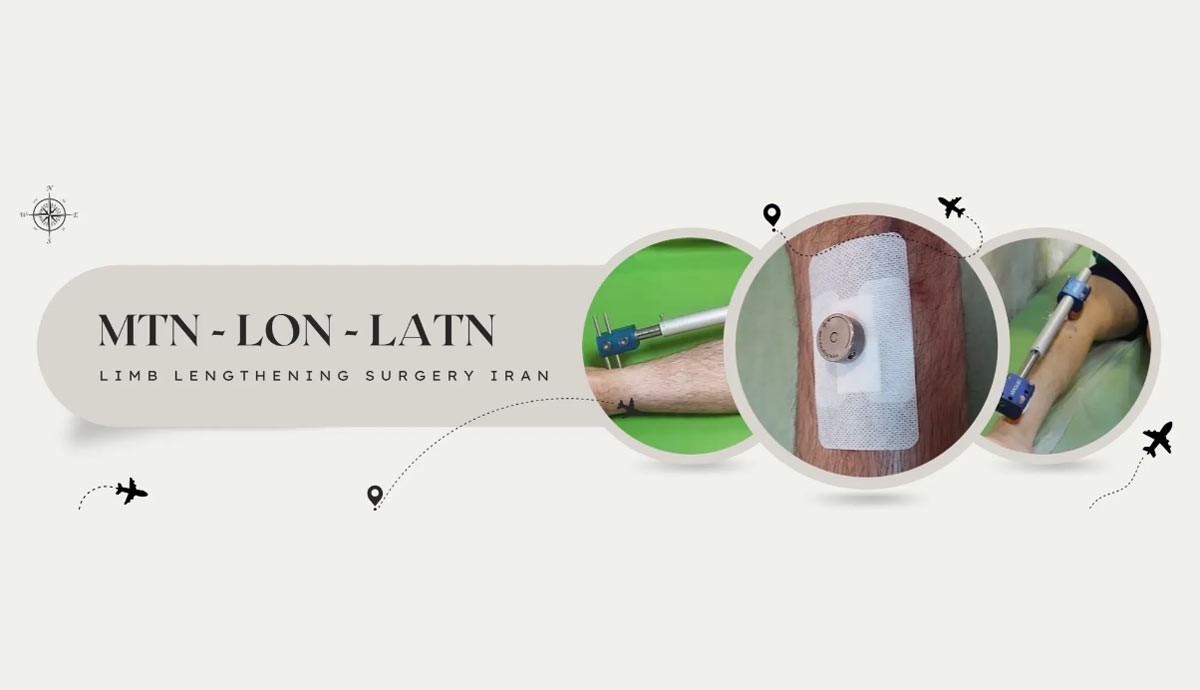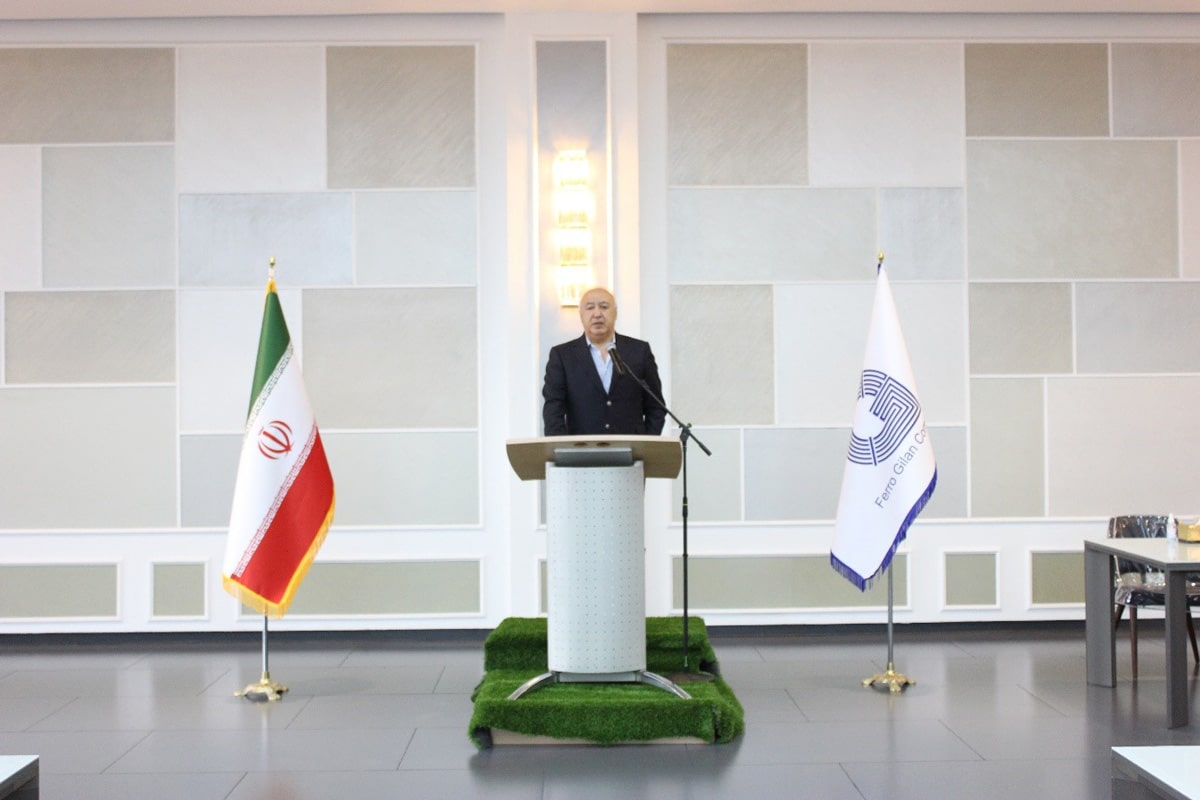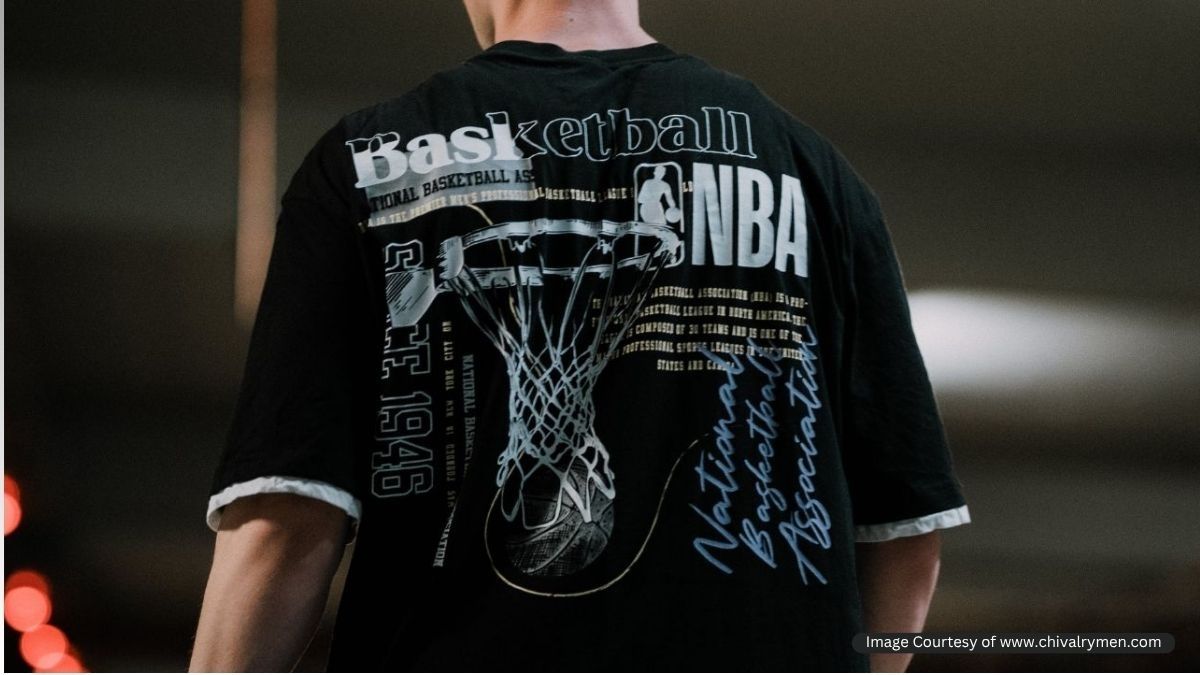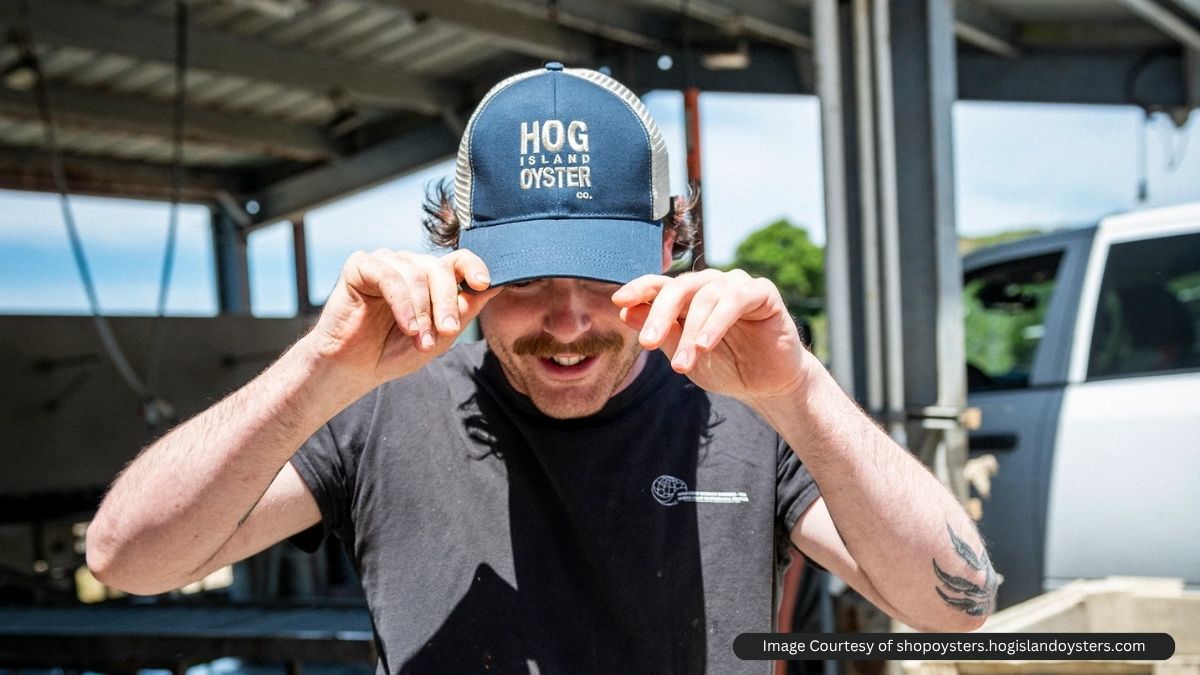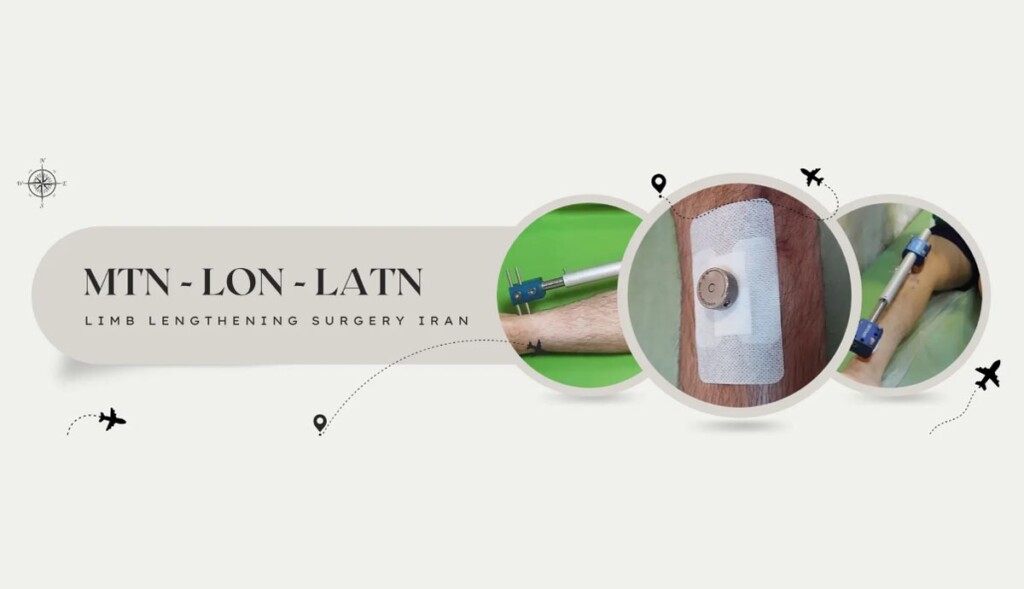
Due to the progress in medical science and surgery techniques, patients don’t have to worry about bone fracture, disease, or congenital disability anymore. According to “Destination Iran”, the “International Limb Lengthening Center of Iran” corrects the related discrepancies and cures the deformity caused by limb lengthening surgery.
In Iran, individuals with limb length discrepancies caused by an inadequately healed fracture, disease, or congenital disability had limited treatment options until the late 2000s. Today, owing to an innovative surgical technique developed in Russia over half a century ago, these individuals may be candidates for treatment that can correct the discrepancy and cure any associated deformity.
What Is Limb Lengthening Surgery?
Limb lengthening is accomplished by using the body’s ability to regenerate new bone and the soft tissues, ligaments, blood vessels, and nerves that surround and support it. The procedure begins with an osteotomy, in which the bone to be lengthened is cut by an orthopedic surgeon. The limb (typically the upper or lower leg) is then stabilized utilizing one of various external and/or internal fixation devices or frameworks.
The following are two phases of recovery. During the first, or distraction, phase, the bone that has been cut is very progressively pulled apart to promote distraction osteogenesis or new bone growth at the osteotomy site. The continual growth of new bone tissue is achieved by distracting or expanding the gap four times a day, a quarter millimeter (1/4 mm) with each adjustment, for one millimeter (1 mm) per day. As the space between the extremities of the bone widens, the body continues to generate new tissue until the desired bone length is achieved.
There are additional options for correcting any deformity that may be present, such as a misalignment of the bone caused by trauma or a congenital disability. Early on in this phase, patients utilize support to maintain their mobility.
During the second phase of therapy, the bone recovers and consolidates. The patient progressively places more weight on the affected limb and begins to walk independently.
The progressive process of lengthening can be accomplished with either an external fixator or an internal lengthening nail.
External fixation is a structure attached to the bone via pins, screws, and wires. Adjustments to the external fixator can be used to progressively lengthen and straighten the limb that is both short and misaligned.
An internal lengthening nail is a telescopic, manual nail (MTN) implanted into the bone’s marrow cavity. By rotating the screw placed outside the foot, the telescoping nail and bone are progressively lengthened. Using this technique, the bone is straightened during surgery, and the lengthening is accomplished progressively over several weeks.
According to Dr. Nader Motallebizadeh, the founder of the limb lengthening center of Iran, once the lengthened bone has healed, it is as robust as any other bone in the body. It does not weaken or degrade over time.
Osteotomy and placement of most fixation devices may be performed using epidural anesthesia – the same type of anesthesia that many women receive during childbirth – so that the patient may if desired, remain conscious during surgery. The typical hospitalization lasts two days. There are no significant incisions or bone grafts involved in the procedure.
Patients who did not have an issue with pre-existing pain typically do not report significant pain during surgery or recovery. At the limb lengthening center of Iran, our pain management team works closely with each patient to ensure their comfort throughout their treatment.
Most patients treated at LLCIG for this condition have leg length inequality caused by a congenital disability, a childhood growth plate injury, or malunion or nonunion of a fracture, in which the bones heal in a deformed position or do not mend at all. Nonetheless, limb lengthening may also be used to rectify an arm deformity. And the procedure has been used to lengthen the limbs and legs of people with extremely short stature, such as those affected by dwarfism or premature puberty.
Those at risk for amputation due to absent bone tissue due to an infection, trauma, or tumor are a different group of patients who can benefit from limb lengthening techniques. In what is known as a bifocal procedure for limb salvage, an incision is made at the opposite end of the affected bone. As this region is progressively pulled apart, the bone ends adjacent to the gap are pressed together.
As with other limb lengthening procedures, the area at the osteotomy site generates new bone, the area where there were previously no bone repairs as any other fracture would. Even in such cases, the Manual Telescopic Nail, a new technology developed at LLCIG by Dr. Nader Motallebizadeh, can frequently replace the need for an external fixator.
Approximately 95% of limb lengthening procedures are successful. In most procedures, only tiny incisions are required, resulting in minimal scarring. Although pins and stiffening of the joints may cause minor complications, severe complications from limb lengthening surgery are uncommon. Those that do occur are typically observed in patients already at high risk, such as those receiving limb salvage treatment.
What Is the Recuperation Period for Limb Lengthening?
Depending on the patient, the consolidation phase of recovery from limb lengthening can take considerable time, particularly in adults. In general, minors recover in half the time required for adult patients. For instance, when 1.5 inches of new bone growth is desired, a child will wear the fixation device for three months. Although bone recovery is slower in adults when the internal lengthening nail is used, the procedure is simplified because an external fixator is not required.
Physical rehabilitation is essential throughout recovery for maintaining the patient’s joint mobility and muscle strength. Patients are advised to consume a wholesome diet and calcium supplements. To expedite bone healing, gradual weight-bearing is encouraged, and vitamin D3 and calcium supplements are prescribed to the patient.
Who is a candidate for limb lengthening?
Before beginning treatment for limb length discrepancy, an orthopedic surgeon with experience in the procedure should conduct a comprehensive evaluation. Patients may be startled to learn, for instance, that what they believed to be a difference in leg length is a completely different medical condition, such as scoliosis (an abnormal spine curve) or a hip deformity. Or they may need an accurate perception of their limb length inequality.
At the Limb lengthening center of Iran, orthopedic surgeons on the Limb Lengthening Service acquire a specialized series of X-rays to confirm and precisely assess each diagnosis.
When there is a genuine discrepancy, even if it is not the consequence of an injury, this asymmetry may cause back, knee, and ankle pain. In cases of malunion (a fracture that has not adequately healed), osteoarthritis may develop. Sometimes, a patient with a limb length discrepancy for many years without experiencing symptoms develops bothersome symptoms during middle age.
In addition to reaching the physical requirements for limb lengthening, it is crucial that the patient be highly motivated. says Dr. Nader Motallebizadeh. Patients play an active role in their care, lengthening their bones with remote control adjustments, participating in physical therapy, and meeting with their physician in person or virtually every two to three weeks during recovery.
Both adolescents and adults, including those in their twenties, thirties, and forties, are candidates for limb-lengthening surgery. In pediatric patients, the orthopedic surgeon takes special precautions to avoid damaging the growth plate, and both normal growth and distraction osteogenesis proceed during the healing process.
In certain instances, such as with children born with congenital short femur, it may be prudent to resolve the issue in two stages. In this condition, the child’s percentage discrepancy increases as they develop; for instance, a two-inch discrepancy at the initial examination is expected to increase to a three-inch discrepancy within five or six years.
During the initial procedure, Dr. Nader Motallebizadeh corrected a two-inch discrepancy for each patient; a second procedure will likely be required as the remaining discrepancy becomes apparent.
Considering the Future
According to Dr. Nader Motallebizadeh, limb lengthening surgery is “in its infancy,” despite its historical origins. “There has been a dramatic shift in the perception of this surgery in Iran, and interest in the field is expanding rapidly, with many promising developments ahead of us, including new devices that promote faster healing.”






